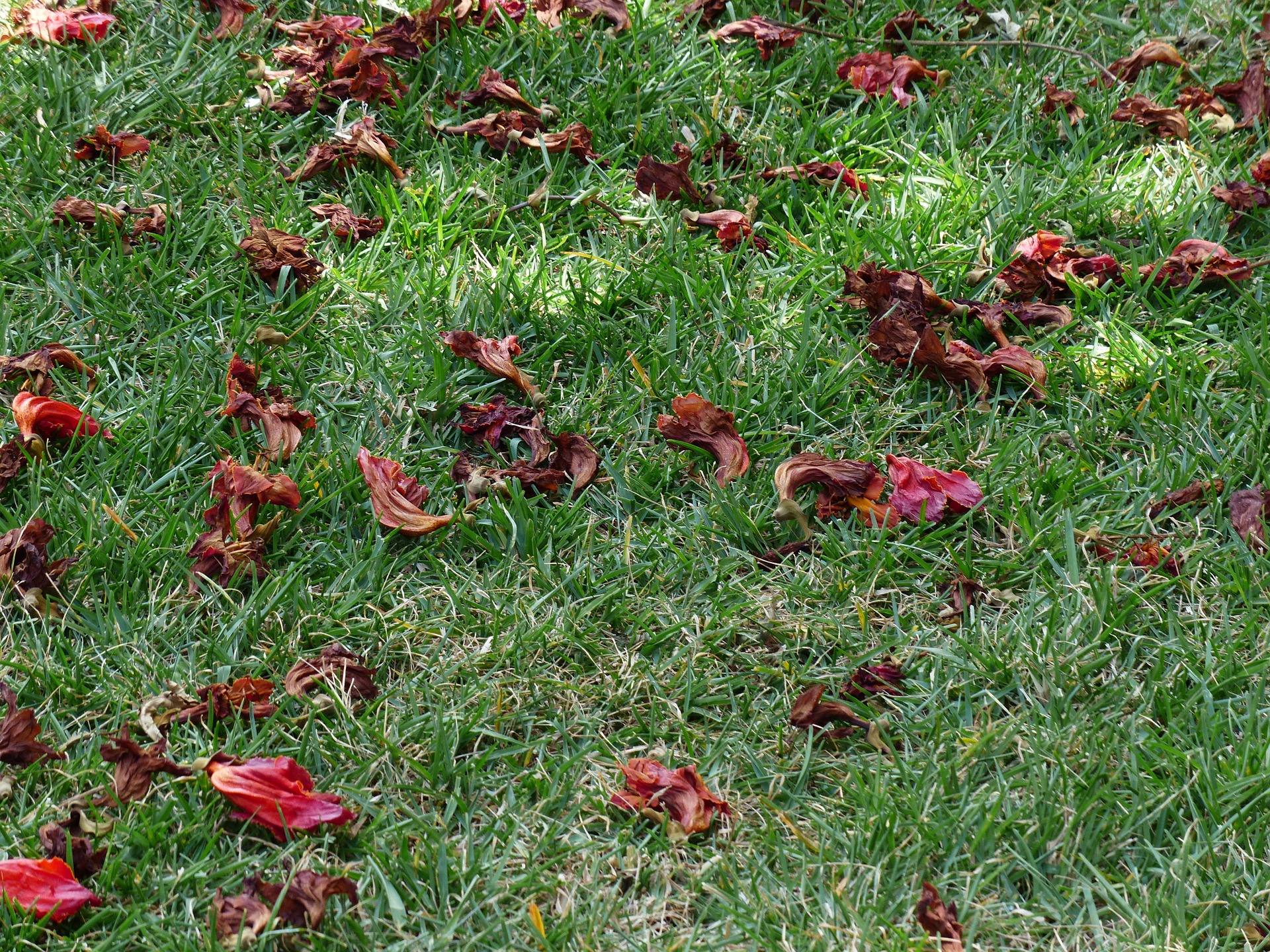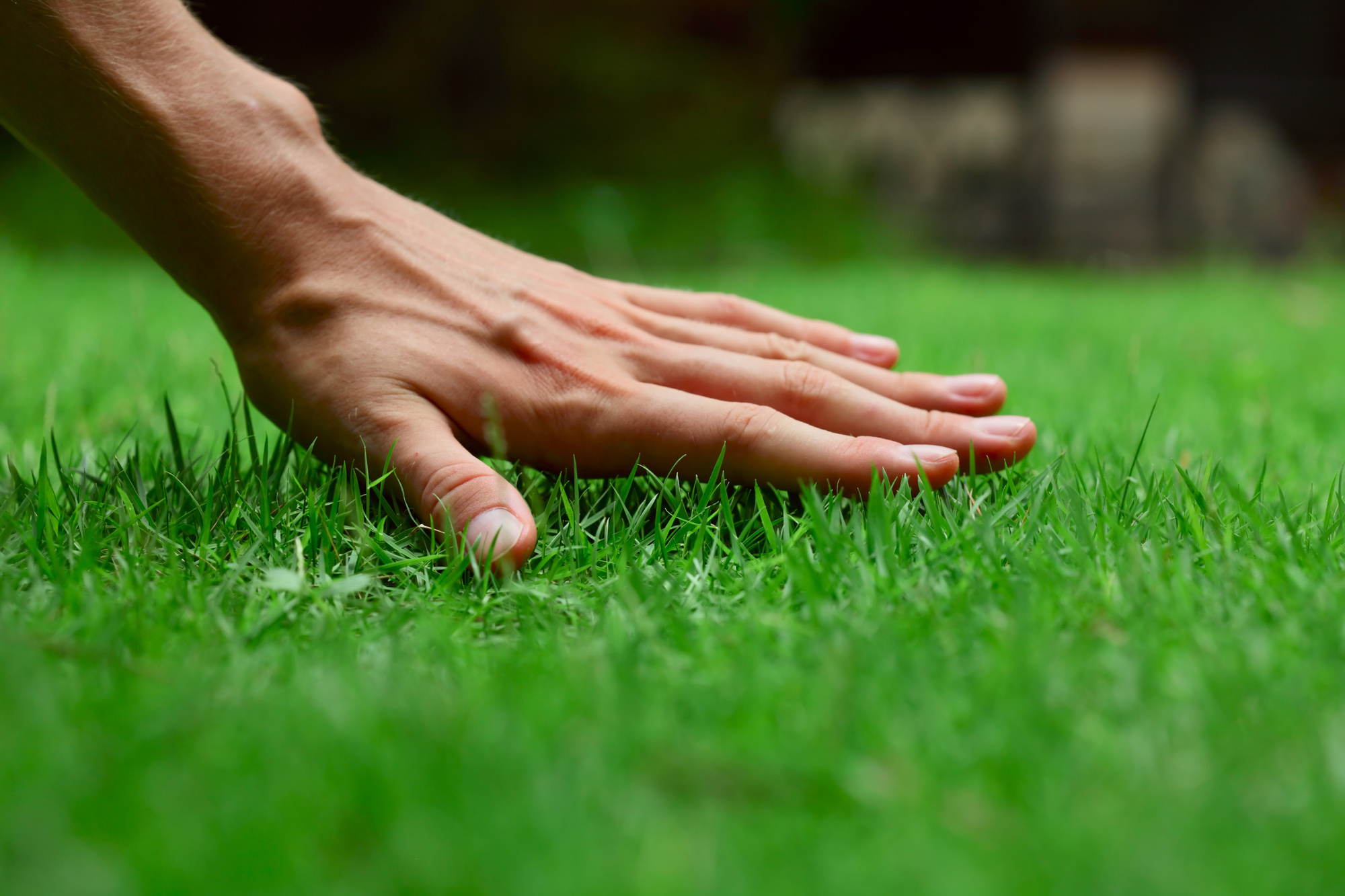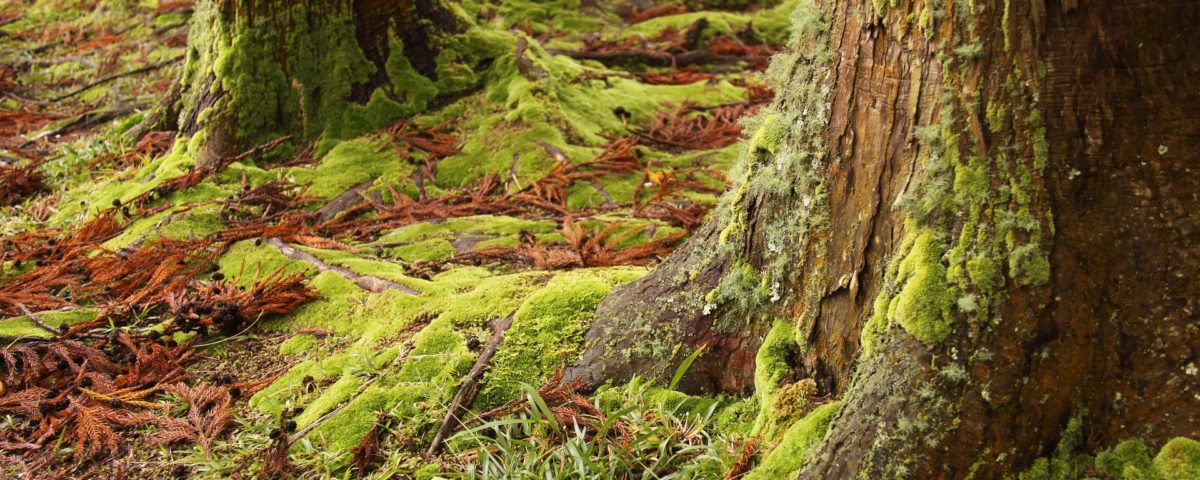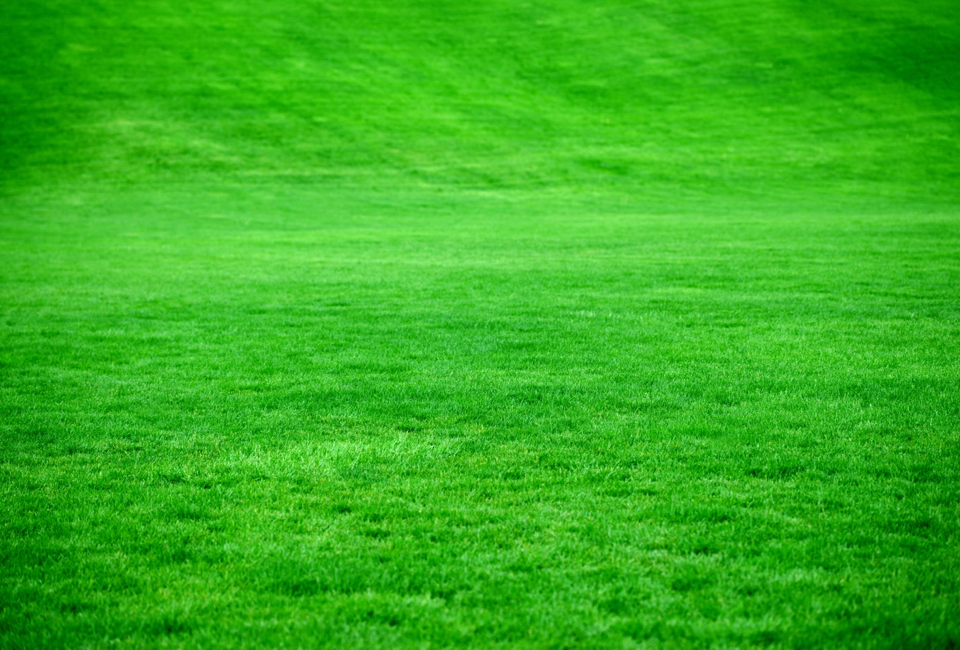
The Top 5 Reasons for Dead Grass
August 8, 2019
Should You Consider Artificial Grass for Your Landscaping?
August 9, 2019Growing trees on your property is a great way to improve the appearance of your landscaping and add some shady areas to your home. The trees that you plant have a lot to add to your property and can provide you with years of benefits. However, if you don’t take care of the trees in your landscaping, there’s a chance they will die. It’s important to understand what it takes to keep your trees healthy and recognize when it’s time to cut your losses on a dead tree. That’s why we’ve put together the following article which provides some valuable information on how to know when a tree on your property is dead.
Trees can die for a wide variety of reasons, which is why it’s a good idea to familiarize yourself with the potential causes. Keep in mind that many trees will go dormant naturally in the winter months to save their energy. The last thing you want to do is take down a dormant tree just because you don’t know how to tell if it’s dead or simply in a dormant state. Keep reading on below to learn how to tell whether or not your tree is dead or simply dormant.
How to Confirm if Your Tree is Dead
1. Check Out the Tree’s Bark
One of the first things to do if you think your tree might be dead is to check out the tree’s bark. The bark can give you a great idea with regards to whether or not it is dead. Healthy trees are constantly replacing their old bark with new bark, so if you see that this is not really happening on your tree, there’s a good chance it is dead. Dying plants have a hard time regenerating their bark, so remember to check out your tree’s bark if you think it might be dead or dying.
2. Look at the Buds
Another great way to confirm whether or not your tree is dead is to look at the buds of the tree. Buds can come in all different colors and will still show up even if your tree is in a dormant state. If your tree really is dead, it won’t be producing buds at all. Buds can be either green, dark red, or brown. The key factor in determining whether or not your tree is dead is if it has buds at all. This is an important step for knowing when the tree on your property is dead.
3. Thoroughly Inspect the Tree Trunk
The trunk is one of the most important parts of a tree, so it makes a lot of sense to thoroughly inspect the tree trunk if you think it might be dead or dying. The tree trunk holds all of the branches of the tree and helps distribute water from the roots to all of the branches and leaves of the tree. If there are cavities in the trunk, cracks and splits, missing bark, or long streaks of missing bark, your tree might be dealing with disease or damage. You want to make sure your tree isn’t infected with fungus or dealing with a deep crack that can lead to its demise. Thoroughly inspecting the tree trunk is an absolutely essential step for knowing if the tree on your property is dead or alive.
4. Examine the Roots and Soil Beneath the Tree
If you suspect that your tree is dead or dying, you should take a moment to examine the roots and soil beneath the tree. If the roots have been damaged or are rotten, the tree could potentially be dying. If there seems to be damage to the tree’s root system or you notice fungus growing on the roots, the tree is probably dying. You also want to watch out for mushrooms or fungus growing on the bottom of the trunk, because that usually signifies that the trunk is experiencing significant decay.
5. Know What to Look Out For
Some of the biggest warning signs that the tree on your property is dead are learned over time. You need to know what to look out for in order to make a valid assessment of the overall health of your tree. You should always be on the lookout for deep cavities in the ground around your tree as well as dead branches near the tree. If you see sawdust around the base of your tree it might mean that termites or ants are infesting the tree. If that’s the case, the tree can fall down at any moment and you should take preventative measures immediately.
A decaying or dead tree can be dangerous for a variety of different reasons. That’s why you should keep an eye on the warning signs we mentioned above. Dead trees can fall on your home and cause significant damage to your house. It can also put you and your family in danger, as a falling tree can literally fall on the people inside of your house. It can also fall on your neighbor’s property or power lines nearby. Dead trees are also susceptible to fire-related risks, so make sure you are always on top of removing them off of your property when they present a large safety risk.
Some of the main reasons to remove a dead tree from your property are when you notice that it is leaning over a building or structure. Also keep in mind that if there is heavy foot traffic close to the dead tree, you should probably take care of it sooner rather than later. Your yard will lose some of its aesthetic appeal if you have a dead tree on your property. Also, keep in mind that diseases and fungus can spread over to other healthy trees if you don’t take care of removing it.
We hope this article has helped you learn about some of the main signs that your tree is dead. Taking care of a dead tree as soon as you can to prevent safety risks and get your landscaping back to looking it’s best.


